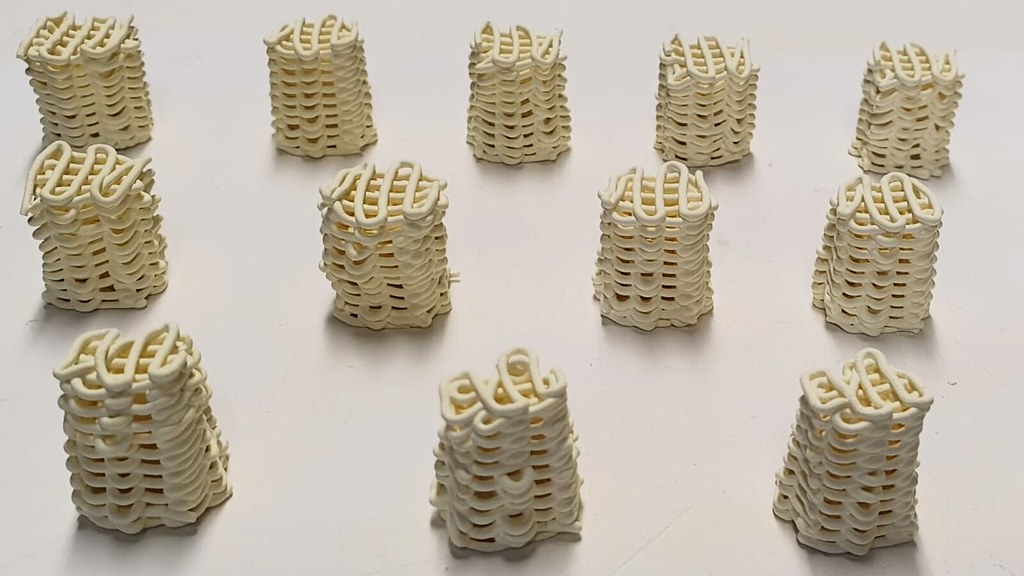“Engineers have invented a new way to remove health-harming ‘forever chemicals’ from water – using 3D printing.
Researchers at the University of Bath say their method, using ceramic-infused lattices (or ‘monoliths’), removes at least 75% of perfluorooctanoic acid (PFOA), one of the most common perfluoroalkyl and polyfluoroalkyl substance (PFAS), from water, and could become an important tool in future efforts to eliminate the chemicals from water supplies.
Their findings were published this week in The Chemical Engineering Journal.”
[…]
“Testing of the monoliths has surprisingly shown they have become more effective under repeated use – they undergo high-temperature thermal ‘regeneration’ treatment after each use. This is something the researchers are keen to understand more fully with further experimentation.”



3D printing, cleaning some forever chemicals while making a fuckton of microplastics.
(I know this is ceramic, I’m talking about 3D printing in general)
3D printing is a broad subject. Covering most materials.
It is just current home printing that is mainly plastics. Because the cost rises with other materials. Plastics allows $200 or more printers.
But it dose not have to stay bad. We are starting to see more and more research into effective plastic replacements. And the expansion of cheap 3d printing can theoretically speed up the distribution of those alternatives.
Believe me I am well aware of that. I just thought the irony too god to stay quiet.
How much of the micro plastics from 3d printing make it to the outside? It does make a lot micro plastics, but most people have their printers inside. Do we know if most of that plastic makes it outside? Or is just contaminating the homes of people who 3D print.
Or is this like one of those, it’s bad so there is no acceptable degree of usage?
With the amount of open bed, cheaper printers, a lot. Keeping them inside does not prevent them from entering the environment. As well we need to breath to start with, so airflow will take it outside. Add vacuum cleaning and waste disposal. Unless the plastics are trapped and melted into larger clumps. They get into the environment. This is why they are so dangerous.
Even with enclosed printers. Unless very well filtered and some plan for disposal of that filter that prevents this. It’s just an extra delay.
Some plastic types are better than others. And I honestly think development of thermo plastic replacements is better than stopping 3d printing.
there are some PLA derivatives designed to compost quickly, PLA itself will probably compost faster than most other plastics, not that that’s a very high bar
You never take your trash out? Also those microplastic go everywhere. Stick to your clothes your shoes…